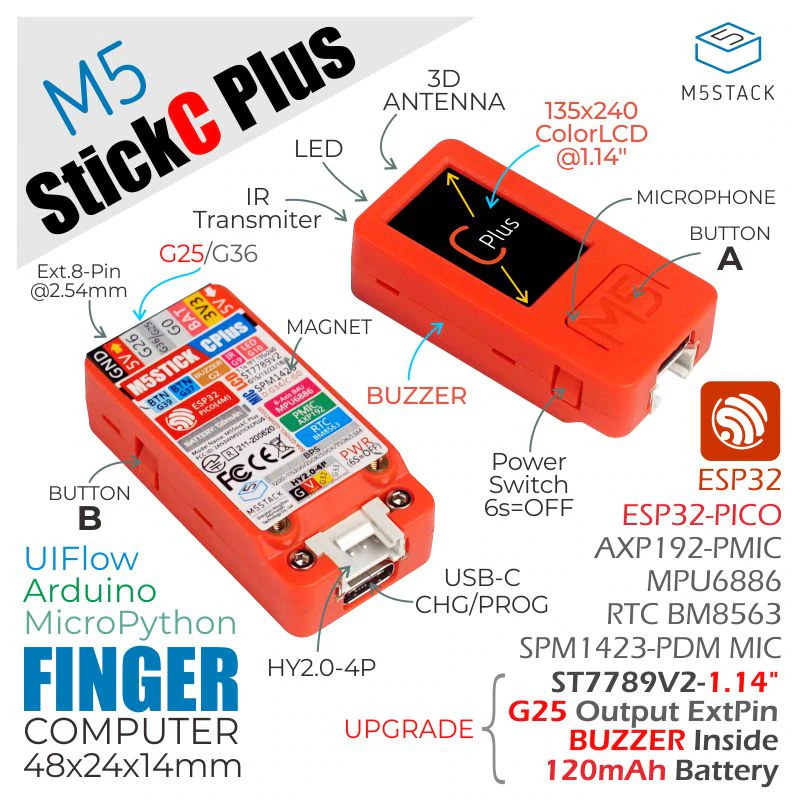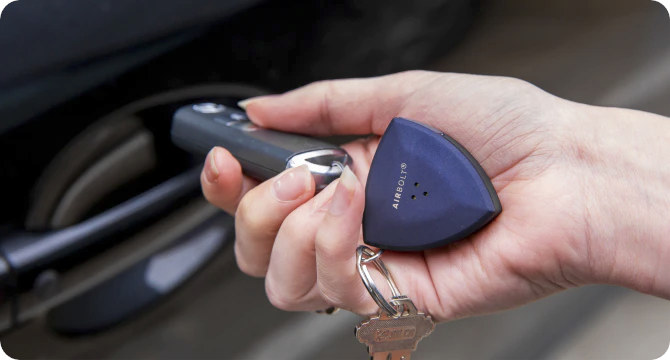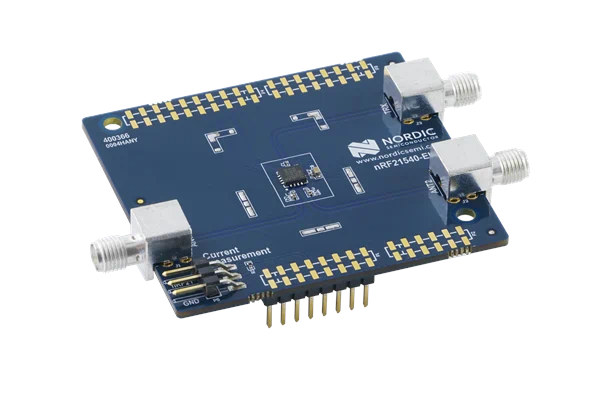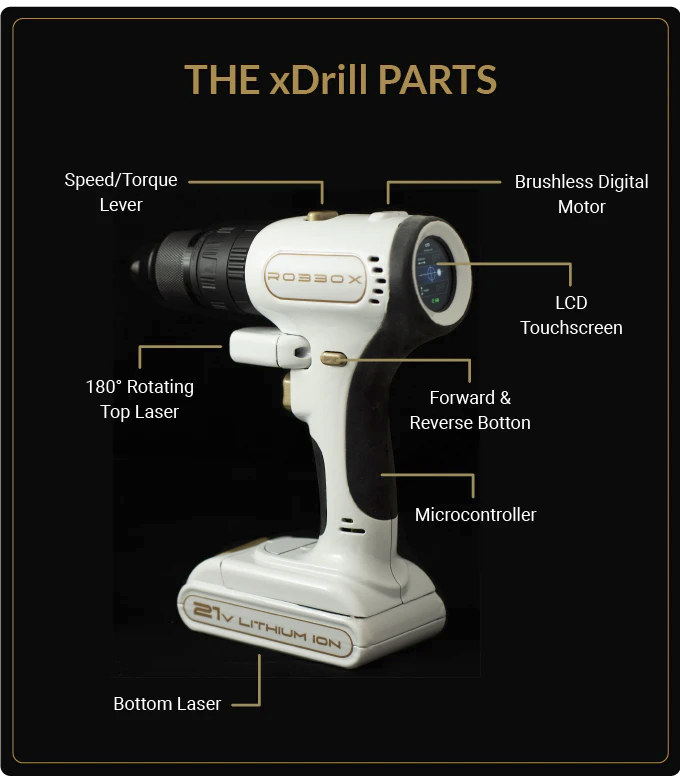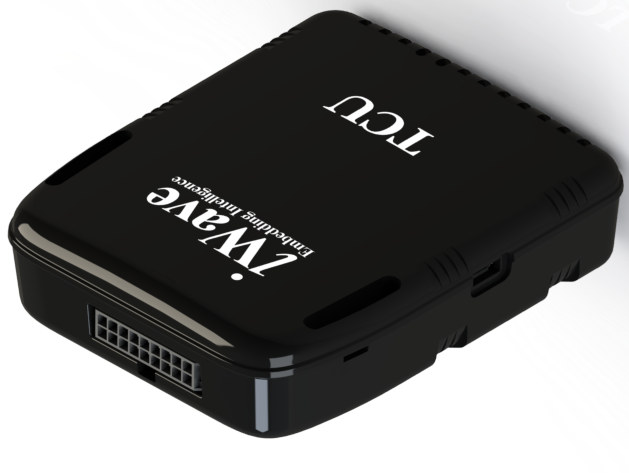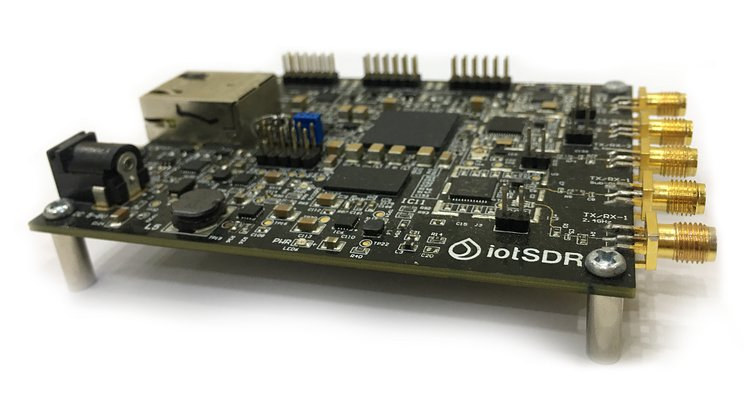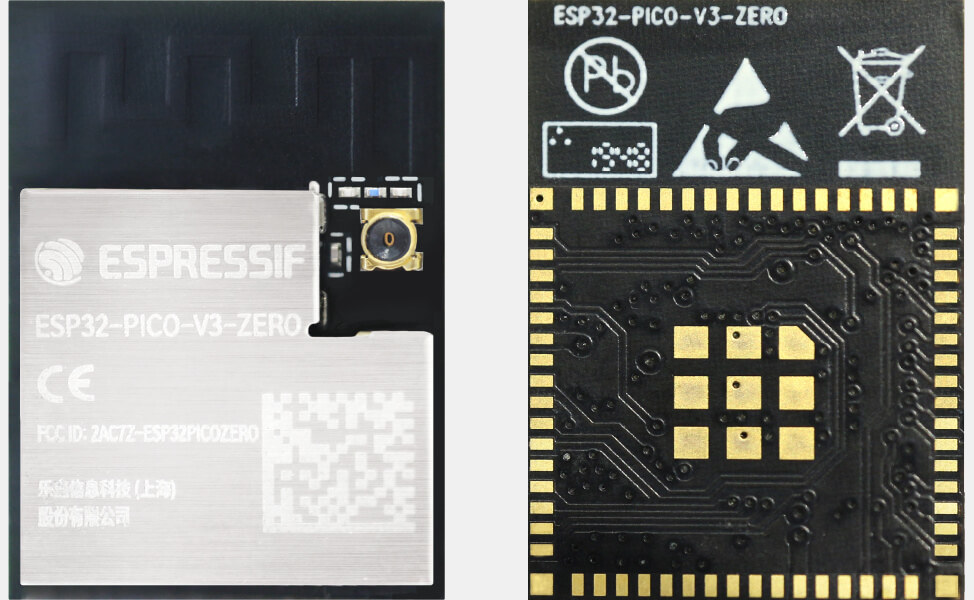Shortly after introducing the Core2 ESP32 IoT Development Kit with a 2-inch touch display, 390 mAh battery earlier this week, M5Stack has announced the availability of another ESP32 WiFi & Bluetooth IoT devkit, with the more compact M5StickC PLUS featuring a 1.14-inch display, a 120mAh battery, motion, sensor, a buzzer and the usual Grove connector for expansion. M5StickC PLUS is an upgrade to the original M5StickC that lacks the buzzer and features a smaller 0.96-inch display and a lower capacity 96 mAh battery. The new model can be purchased now for $13.95 plus shipping on Aliexpress, while the original device, that happens to be M5Stack top-selling product, is still available for $9.95. M5StickC PLUS key features and specifications: SiP – Espressif Systems ESP32-PICO-D4 system-in-package with ESP32 dual-core WiFI and Bluetooth IoT processor @ up to 240 MHz, 4MB SPI flash Display – 1.14-inch Color TFT LCD with 135×240 resolution (ST7789v2 […]
STMicroelectronics Introduces Zigbee 3.0 to the STM32WB55 microcontrollers
STMicroelectronics has added Zigbee 3.0 support to its STM32WB55 wireless microcontroller family using the Zigbee PRO protocol stack. The STM32 Wireless MCU (STM32WB55) was launched last year with a dual-core Arm Cortex-M4 CPU and Cortex M0+ core, as well as Bluetooth 5 and 802.15.4 radios. STMicro is hoping to expand the applications of the STM32WB into areas like home automation as Zigbee 3.0 is making brands choose Zigbee for their smart-home connectivity solution, smart-lighting, smart-building, mesh IoT connectivity, and many more. The STM32WB55 microcontrollers already provide support for Thread and Bluetooth 5.0 and the inclusion of the Zigbee connectivity will take this to the next level. The STM32WB55 Zigbee 3.0 software includes support for the Exegin Zigbee PRO protocol stack which is available for free. To ease development and deployment, STM32WB Zigbee solution supports 46 Zigbee 3.0 clusters and a further 21 clusters support legacy products and with the Zigbee 3.0 […]
Tiny, Waterproof AirBolt GPS Tracker Works with LTE-M and NB-IoT Cellular Networks (Crowdfunding)
We’ve previously covered small waterproof LTE Cat M1 and NB-IoT GPS trackers such as Mictrack MT825, but AirBolt GPS tracker offers another option and promises an even longer battery life of up to 12 months. At 37 x 34 x 11mm, AirBolt GPS may also be the world’s smallest waterproof GPS tracker on the market, as well as the lightest at just 21 grams, both of which are characteristics that make the tracker especially suitable for pets like cats and dogs, as well as track luggage, keys, bicycles, etc… AirBolt GPS tracker key features and specifications: SoC(s) Unnamed, but considering Nordic Semi is listed as a partner it should be nRF9160 SiP with Arm Cortex-M33 MCU core, 1024 KB flash, 256 KB SRAM, NB-IoT, LTE Cat M1, and GPS connectivity There’s also Bluetooth 5.1 so one of the nRF52 chips might also be included. Connectivity Bluetooth 5.1 with long-range and […]
Nordic Semi nRF21540 RF front end module Extends the Range of nRF52/nRF53 Bluetooth SoC’s
A little while ago, we wrote about RFCat N32 board integrating Meshtek-H52 module with nRF52832 2.4GHz multi-protocol SoC and a Skyworks power amplifier increasing power by up to 30 times to extend the wireless range to up to 200 meters. It turns out Nordic Semi outed its own range extender module late last year with nRF21540 RF front end module (FEM) that integrates a power amplifier (PA) and low noise amplifier (LNA) optimized to boost the link budget of the nRF52 and nRF53 multi-protocol wireless SoCs. nRF21540 key features and specifications: Supported wireless standards Bluetooth Low Energy (incl. Bluetooth mesh) Thread and Zigbee (802.15.4) Proprietary 2.4 GHz Output Power – Adjustable in small increments up to +21 dBm Receive Gain – +13 dB with 2.5 dB noise figure Antennas – 2x antenna ports for antenna diversity Host Interface – I/Os, SPI, or a combination Supply Voltage – 1.7 V to […]
xDrill Smart Power Drill Supports Intelligent Speed/Torque, Laser Measuring, Digital Leveling (Crowdfunding)
Many home appliances now have smart functions, and in my cases, I fail to see the added value, and I’m not sure why I’d want/need a connected refrigerator with a touchscreen display. So when I first saw somebody make a “smart” power drill with a small touchscreen display I laughed. But after having a closer look, Robbox xDrill smart power drill could actually be a very useful device saving you time and helping work better. The touchscreen is used for settings but also serves as a level tool to make sure the drill is aligned horizontally or at the angle of your choice, and you can also set the drilling depth. There are also two lasers that measure distances, so you don’t need to use a measuring tape and pencil anymore. xDrill key features and specifications: Built-in microcontroller with WiFi and Bluetooth connectivity (is that an ESP32 inside?) Display – […]
iWave Telematics Control Unit Supports GPS, 4G LTE, WiFi, and Bluetooth
We’ve often written about iWave Systems’ single board computers, development kits, and systems-on-module, but the company has also been offering automotive products such as a Linux based OBD-II Dongle. And they’ve just introduced a new one called Telematics Control Unit (TCU) based on an Arm Cortex-A7 processor and offering GPS, 4G LTE Cat 4/1/M1, WiFi 5, and Bluetooth 5.0 connectivity for vehicle fleet management and insurance companies that want to know how drivers behave… iWave Telematics Control Unit (TCU iW-G26) specifications: Processor – Arm Cortex-A7 based CPU @ 792MHz (likely NXP i.MX 7ULP) System Memory – 256MB DDR3L SDRAM Storage – 4GB eMMC Flash Connectivity 4G LTE Cat 4, Cat 1, Cat M1 (eMTC) 802.11b/g/n Wi-Fi 4 or 802.11b/g/n/ac Wi-Fi 5 (Hotspot & Station mode) Bluetooth 5.0 GNSS – GPS/A-GPS receiver with antenna Sensors – 3-axis accelerometer, 3-axis gyroscope, 3-axis magnetometer OBD Features & Protocols 12V Power Input from TCU […]
IoTSDR Linux Board Targets the Development of IoT Gateways with Standard or Custom IoT Protocols (Crowdfunding)
Xilinx Zynq-7010/-7020 powered iotSDR board by EmbedINN enables the development of IoT gateways with support for LoRa, SigFox, WeightLess, Bluetooth, BLE, 802.15.4, ZigBee, as well as custom IoT protocols. The board also supports GPS, Galileo, Beidou, and GLONASS navigation systems thanks to a Maxim Integrated MAX2769 GNSS chip. iotSDR key hardware features and specifications: SoC (one or the other) Xilinx Zynq-Z7010 (XC7Z010-1CLG400C) dual-core Arm Cortex-A9 processor with 256 kb on-chip memory, FPGA fabric with 28,000 logic cells, 17,600 LUTs, 2.1 Mb block RAM, 80 DSP slices Xilinx Zynq-Z7020 (XC7Z020-1CLG400C) dual-core ARM Cortex-A9 processor with 256 kb on-chip memory, FPGA fabric with 85,000 logic cells, 53,200 LUTs, 4.9 Mb block RAM, 220 DSP slices System Memory – 512 MB DDR3 Storage 128 Mbit QSPI flash memory for firmware Microchip AT24MAC602 SPI EEPROM for RF transceiver MCU firmware and data Radios “IoT” Radios RF Transceivers – 2x Microchip/Atmel AT86RF215 European band – […]
Espressif and Amazon Introduce ESP32-PICO-V3-ZERO Alexa Connect Kit Module
Espressif Systems & Amazon have recently announced ESP32-PICO-V3-ZERO Alexa Connect Kit (ACK) module providing out-of-box connectivity to ACK cloud services, support for features such as Alexa control, “Frustration-Free Setup” and Amazon Dash replenishment for connected devices. The tiny (23 x 16 x 2.3mm) module is based on the company’s ESP32-PICO-V3 System-in-Package (SiP) based on ESP32-V3 dual-core Xtensa LX6 WiFI and Bluetooth SoC, a 4 MB SPI flash, a crystal oscillator, filter capacitors, and an RF matching network. The module supports 2.4 GHz 802.11 b/g/n WiFi, Bluetooth, and Bluetooth Low Energy connectivity and comes with a PCB antenna and a u.FL connector to plug in an external antenna [Update: That should be an RF test connector instead, see comments]. ESP32-PICO-V3-ZERO module interfaces to a host MCU through a UART interface, and to speed-up time-to-market the module comes pre-certified for regulatory certifications such as FCC, CE, SRRC, IC, and RCM. The module […]


